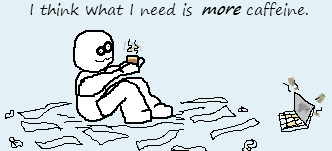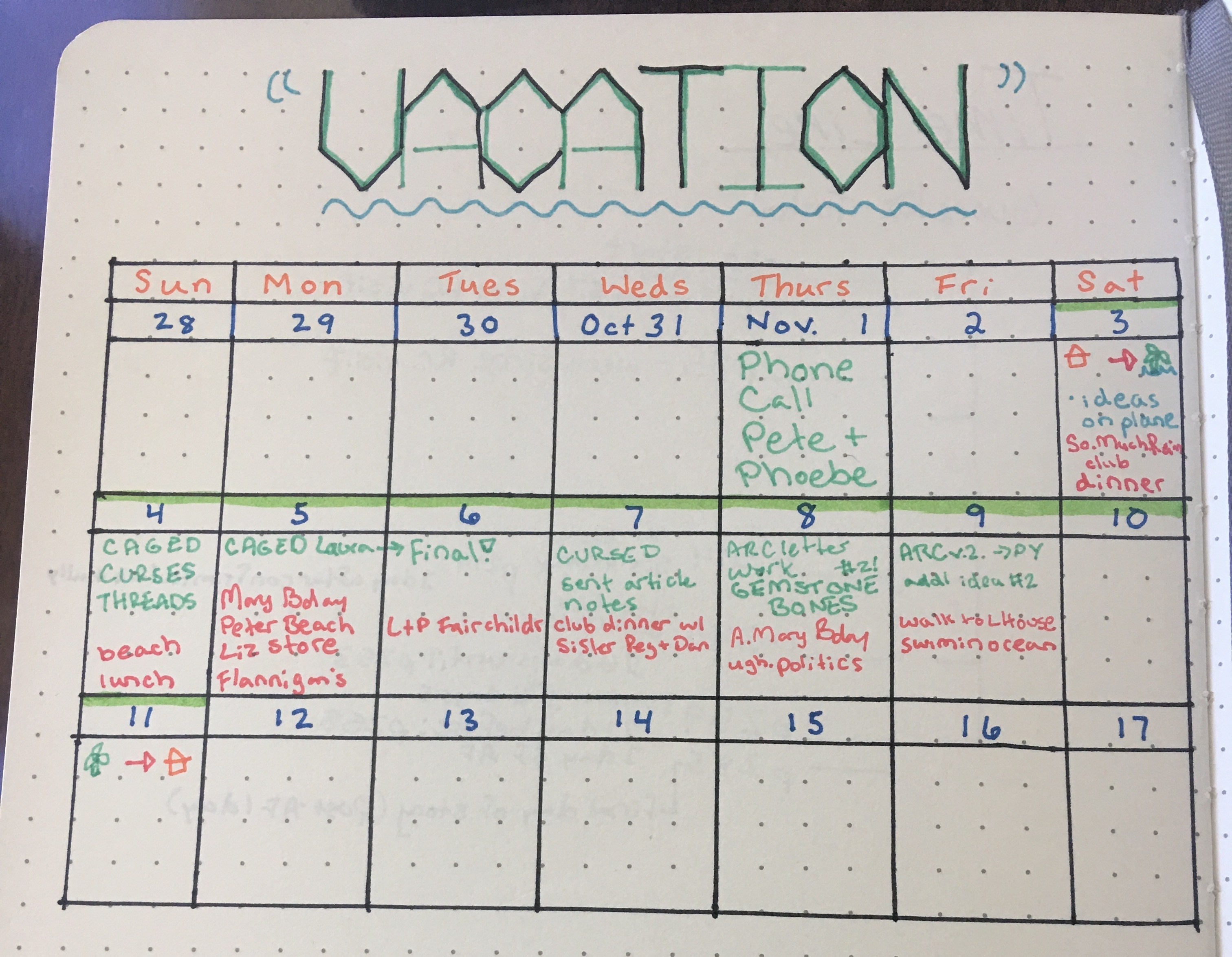I’ve recently received seven questions from a young writer about the process behind inspiration, writing a fantasy novel, and pursuing inspiration. Here are the answers!
- Are there any trade secrets for getting a fantasy book published?
- How do you describe magic?
- How complicated should a magic system be?
- How much time do you spend explaining versus doing?
- How long do you spend worldbuilding?
- Do you pursue inspiration before or after worldbuilding?
- How clear is the picture in your head?
1. Are there any trade secrets for getting a fantasy book published?
Trade secrets for getting traditionally published:
The only real trade secret is to do your research. Understanding how it works is a big first step. A zillion people think about writing a book but never do, and even the people that do write one often want to rush into the process and get their book published ASAP. And that impulse is understandable, because it’s exciting! It’s an accomplishment! It’s awesome! But to be successful, writers need to be objective about their own work and put in the hard work of improving it before taking the next big steps. For as many steps as there are between wanting to write a book and actually doing it, there are even more steps to getting published: revising, querying, going on submission, revising again, selling rights, and more! So, getting to know the industry and writing what you love and improving your craft are my best pieces of advice.
Trade secrets for writing a fantasy novel:
Voice is queen. What I mean by this is that one of the most important things about writing a book that people will connect with is having a character with strong voice. The other mechanical pieces of a story also have to be good, but even an interesting story can be ruined if the main character doesn’t resonate with readers. There are two different types of voice. One is the voice of the author (this is why reading books by a particular author always feel like “that author’s writing”). The other is the voice of the main character. You want to have an interesting character that leaps off the page is memorable to readers. You want people to read it and want more.
2. How do you describe magic?
You want to introduce magic organically into the story. That means introducing it as it is needed by the plot, but early enough in order to set the stage for the rest of the story. Magic can take so many forms inside of books. There can be external energy sources with rules (like Harry Potter’s wand) and creatures and hidden worlds (like Percy Jackson) and specific powers (like talking to animals or becoming invisible). What’s important is making sure the magic fits in the world being created and with the characters and plot.
3. How complicated should a magic system be?
Simpler is always better. You always want to start with a simple premise. This is true for the magic system and, more importantly, the stakes of the story. Not only will this make it easier to pitch when people are trying to sell the book, it will also make it easier for you when you want to build on it. As with all art, you have to learn the rules before you can break them, and this applies to the interior logic of stories as much as it does to the craft of writing itself. Create a solid and simple foundation for the magic system, and then start asking story-building questions like: who can do magic, who can’t do magic, what are the limits of the magic, what is the cost of doing the magic, and who wants magic?
4. How much time do you spend explaining versus doing?
There are a couple ways you could be asking this question: how much time is spent in summary vs. scene; and how much time is spent on backstory vs. present story.
For summary vs. scene, it’s really a balance. Summary is often used in montages and to give brief backstory or introduction, but scenes are really the lifeblood of a book.
For backstory vs. action: You want to spend as much time on action as you can. Reveal the world while things are happening in the story. Show how magic works while your main character is doing something interesting with magic in the first chapter. Scenes should always be doing double work. There’s some great advice from Maggie Stievfater on this.
5. How long do you spend worldbuilding?
Similar to the above question, worldbuilding should happen organically through the whole first third of the story. It isn’t something where you spend a couple paragraphs explaining before you start the story. That kind of writing is called “scaffolding,” and while it may help you envision the world better so that you can write it, it likely won’t have any place in the final manuscript. But if you need to write an intro so that you yourself understand the world enough to write it, go for it! You can always remove it or change it in revisions later.
6. Do you pursue inspiration before or after worldbuilding?
I like that phrase “pursue inspiration.” Inspiration is often talked about like it’s a magical lightning strike that does the hard work for you. In fact, coming up with ideas and crafting a story is a lot of hard work. Inspiration is more like static electricity than lightning. You don’t get struck by it—you have to do work to generate the sparks.
There is no thunderbolt that brings you a fully-fleshed out idea, it’s the tough work of generating friction in order to make tiny static sparks. These sparks arise throughout the whole process, such as when you finally realize how to make the inciting incident compelling, or how to deliver your main character to the climax of the story with the right emotional overtones, or the logic that will make the magic system make sense. As far as designing a world and pursuing inspiration, I work with whatever feels like it’s going to give me the most friction–whether that’s worldbuilding or characterization or the magic system or the antagonist. Then you balance your way through developing all of these things together until a coherent story takes shape. Authors all do this work differently. Some start with their idea for a compelling main character or an interesting magic system or a even a scene or line of dialogue. And it can change from book to book as well as from author to author. Do whatever feels right!
7. How clear is the picture in your head?
Before I start writing a book, I often have a pretty good sense of the plot and the world, and it doesn’t take too long to get a grasp on the main character’s voice. So, sometimes things pretty clear, and sometimes I only have a vague idea certain pieces. In my earlier books especially, writing the book wasn’t just about getting the story down, it was an exploration of the story. A lot of my early writing was me trying to figure out how “story” works and how to make scenes and dialogue interesting or funny. That meant that my earlier work had a lot of room for improvement, but that’s how I learned! One thing to remember is that no matter how much planning you do before you start, there will always be changes when you’re in the thick of things. And no matter how good things are at the end, there will always be changes and revisions and improvements down the road. I know other authors who draw their main characters or who make maps of their worlds or who write throwaway scenes with characters who will never meet just so that they can build a better picture of the story in their head. There are no wrong paths or choices!
Happy writing!
-by Rebecca McLaughlin-




